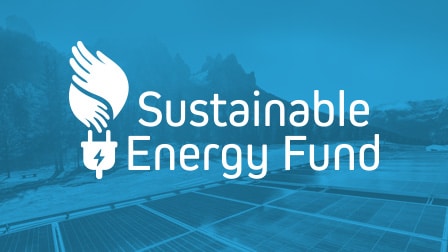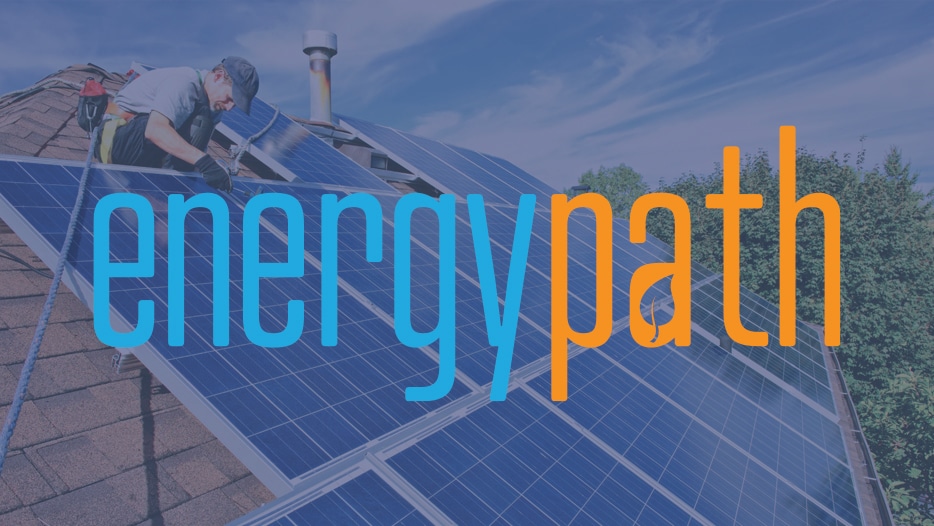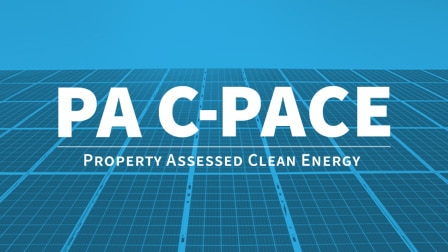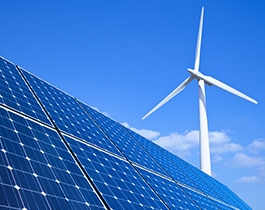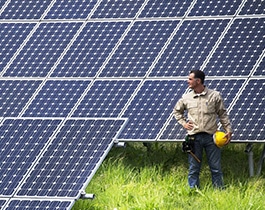Sustainable Energy Fund is pleased to announce the official dates for our 13th annual Energypath 2026, which...
» Read MoreEnergy and Heat Recovery Ventilation: Improving Our Indoor Air Quality and Energy Efficiency
Fresh air has always been a requirement for healthy buildings. Numerous indoor pollutants, including carbon monoxide, VOCs, formaldehyde, and radon, can negatively affect human health, and trapped moisture can elicit its own host of issues. Leaky buildings have previously benefitted us by naturally ventilating these pollutants, but as building codes and energy-conscious building owners alike command tighter, more efficient buildings, mechanical ventilation has become necessary to provide an adequate supply of fresh air. The onset of COVID-19 has compounded this, with the CDC and ASHRAE recommending increased ventilation as a response to the virus. These factors present an immediate need for clean, fresh air in our buildings that goes well beyond traditional health concerns.
Available Technologies
As ventilation has become a key requirement for many homes and buildings to maintain indoor air quality (IAQ), several approaches could be used to increase the amount of fresh air in a building. Exhaust-only, supply-only, or balanced ventilation systems may be used, but these may also lead to increased energy bills as conditioned air – and the energy embodied within it – is forced out of the building. Energy recovery ventilators (ERVs) and heat recovery ventilators (HRVs), however, have advanced to not only provide consistent, measured fresh air, but with the ability to capture and reclaim much of the energy before it leaves the building. In doing so, ERVs and HRVs have the potential to provide the necessary ventilation while reducing a building’s heating and cooling loads.
ERVs and HRVs can play a particular role in increasing indoor air quality, including pathogen filtration. Whereas other air purification systems may reduce indoor pathogens, properly designed ventilation systems introduce new, fresh air into a building while exfiltrating existing stale air, ensuring fresh air in constantly circulated through the building. ERVs’ and HRVs’ variable functionality allows for control of this air change rate, with the ability to increase this rate as occupancy increases. In addition, filters may be upgraded to increase its MERV (Minimum Efficiency Reporting Value) rating. The higher the MERV value, the better its ability to remove particulates, including pathogens.
Deep Dive: How ERV and HRV Systems Work
As mentioned above, ERVs and HRVs provide consistent, measured fresh air while capturing and reclaiming energy before it leaves the building. This is accomplished this through a heat exchanger – a device that transfers heat between existing building air being exhausted and incoming fresh air. The two air streams do not come in direct contact; instead, ERVs and HRVs employ various technologies to transfer heat and/or humidity, pre-conditioning the incoming fresh air. The specific type of ERV or HRV utilized will depend on the application, including the type of building, its specific use, as well as any seasonal or climate variations that come into play.
The primary consideration on which technology to employ comes down to whether humidity needs to be controlled. Whereas a heat recovery ventilation system recovers only the heat from exhaust air, energy recovery ventilation systems can recover both the heat and moisture, effectively controlling the humidity levels in the building. In most building applications, this can have a significant impact on heating and cooling costs as well as comfort levels throughout the building.
While this type of technology sounds remarkably complex, they can be very efficient. While efficiencies can vary based on the type of technology and its application, these units can be anywhere from 50 to 80% efficient, capturing much of the energy before it escapes the building. By pre-conditioning incoming air, an ERV or HRV reduces the load on a building’s HVAC system, translating to lower energy bills and the potential to reduce the size of your HVAC system.
The benefits go beyond reduced heating and cooling loads. An ERV or HRV can balance the ventilation system as a whole, eliminating a positive or negative pressure that may exist in a building. This can reduce uncontrolled infiltration or exfiltration, if it exists (tighter buildings should not have this problem). In addition, ERVs and HRVs can be set up in multiple configurations with either an existing or new HVAC system, allowing for flexibility based on the building’s needs.
Importance of this Technology during COVID-19 (temporary headline)
ASHRAE, considered one of the preeminent authorities on building health and indoor air quality, has submitted extensive guidelines with respect to COVID-19, including energy recovery systems’ role. Through this guidance they note that ERVs can increase a building’s outdoor ventilation while both limiting the energy lost and maintaining its comfort levels. ASHRAE’s technical guidance provides more in-depth information, and qualified contractors may be able to provide in-depth analysis of a system.
For a comprehensive list on how businesses and workplaces may address concerns regarding COVID-19, the U.S. CDC provides extensive guidance on a wide range of topics.
As communities across the country seek balance in maintaining our work spaces while ensuring their occupants’ health, we must consider how buildings’ systems contribute to our indoor environments. Advances in ventilation technologies allow us to improve our indoor air quality while maintaining – or improving – its energy efficiency. In advancing our control of buildings’ airflow through energy or heat recovery ventilation systems, we have the opportunity to reduce our energy load, improve indoor air quality, and increase our ability to protect the health of those who use them.
Sustainable Energy Fund can help move your project forward by providing 100% upfront financing for the redesign and installation of their mechanical ventilation systems, including the installation of ERVs/HRVs. Please contact us if you any questions.
